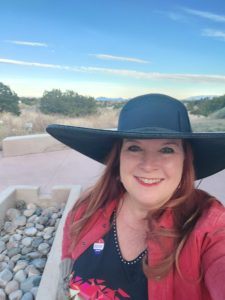THE LONG NIGHT OF THE RADIANT STAR is out today! I’m burbling about that, controlled chaos, the importance of female friendships, and also story structure and applying screenwriting tricks to writing novels.
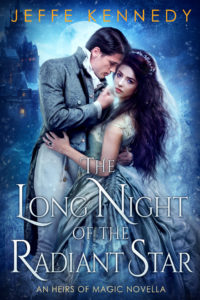
RITA ® Award-Winning Author of Fantasy Romance
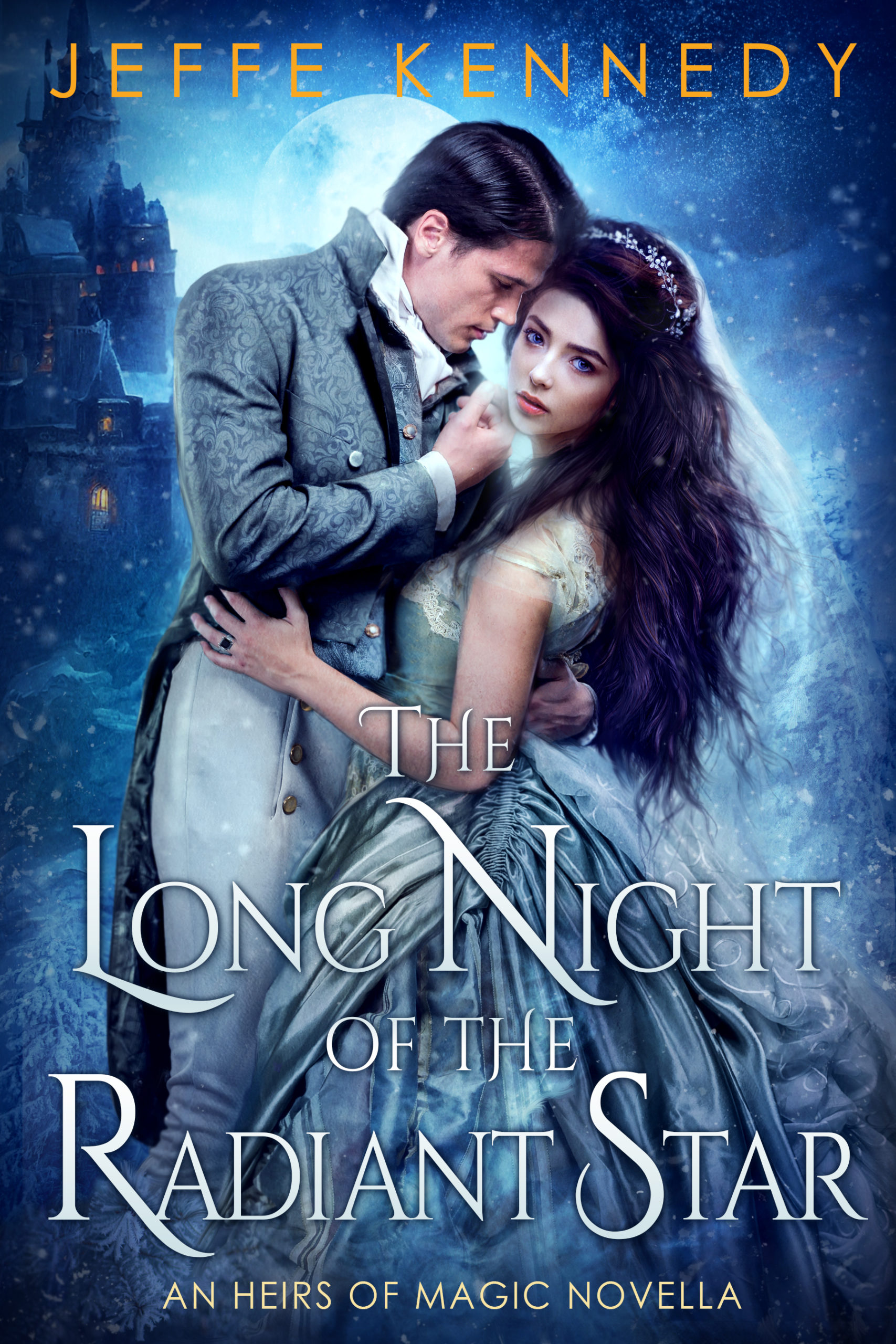
THE LONG NIGHT OF THE RADIANT STAR is out today! I’m burbling about that, controlled chaos, the importance of female friendships, and also story structure and applying screenwriting tricks to writing novels.



THE LONG NIGHT OF THE RADIANT STAR – Jak and Stella’s midwinter holiday wedding – is out now!
Did anyone give you truly sound advice?
Did you have a mentor and if so how do you pay it forward without getting buried by requests?
I’ve been truly blessed in having numerous mentors and lovely, gracious people willing to give me advice. The one I’ll single out today is SFWA Past-President, Nebula-Award winner, and wonderful author of science fiction, sf mysteries, fantasy, and near future thrillers, Catherine Asaro. When I was shopping my first fantasy romance novel, sometime around 2008/2009, Catherine did me the huge favor of reading the book for me. I kept getting enthusiasm from agents and editors, and full manuscript requests, but they all came back with “no,” saying they didn’t know what to with the book or how to market it. I’d run out of ideas for how to revise the book so it would sell.
Catherine read it and said – the first person to say this to me – that the only “problem” was that I was writing cross-genre. She told me the story was good and that I was a good writer (things I desperately needed to hear), but that if I kept writing this fantasy + romance cross-genre, it would be like wading through hip-deep snow to succeed with it. She also told me she thought it was worth doing.
She was right on both counts.
As for paying it forward… I do that as much as I can. I volunteer to mentor through SFWA and other fundraisers. I offer advice in various arenas where I think people genuinely want to hear it. (Few things are more frustrating to me than putting energy into offering advice to people who don’t listen.) I have my podcast, First Cup of Coffee with Jeffe Kennedy, where I talk about writing and publishing (and other random thoughts). All of these venues allow me to control how much bandwidth I devote to mentoring others. In truth, I started my Author Coaching side business entirely so I’d have a way to charge money for my time and energy, when the bandwidth wasn’t enough.
That said, if you catch me in person at a con, I’m always happy to chat over an adult beverage. Offerings of chocolate are also acceptable!
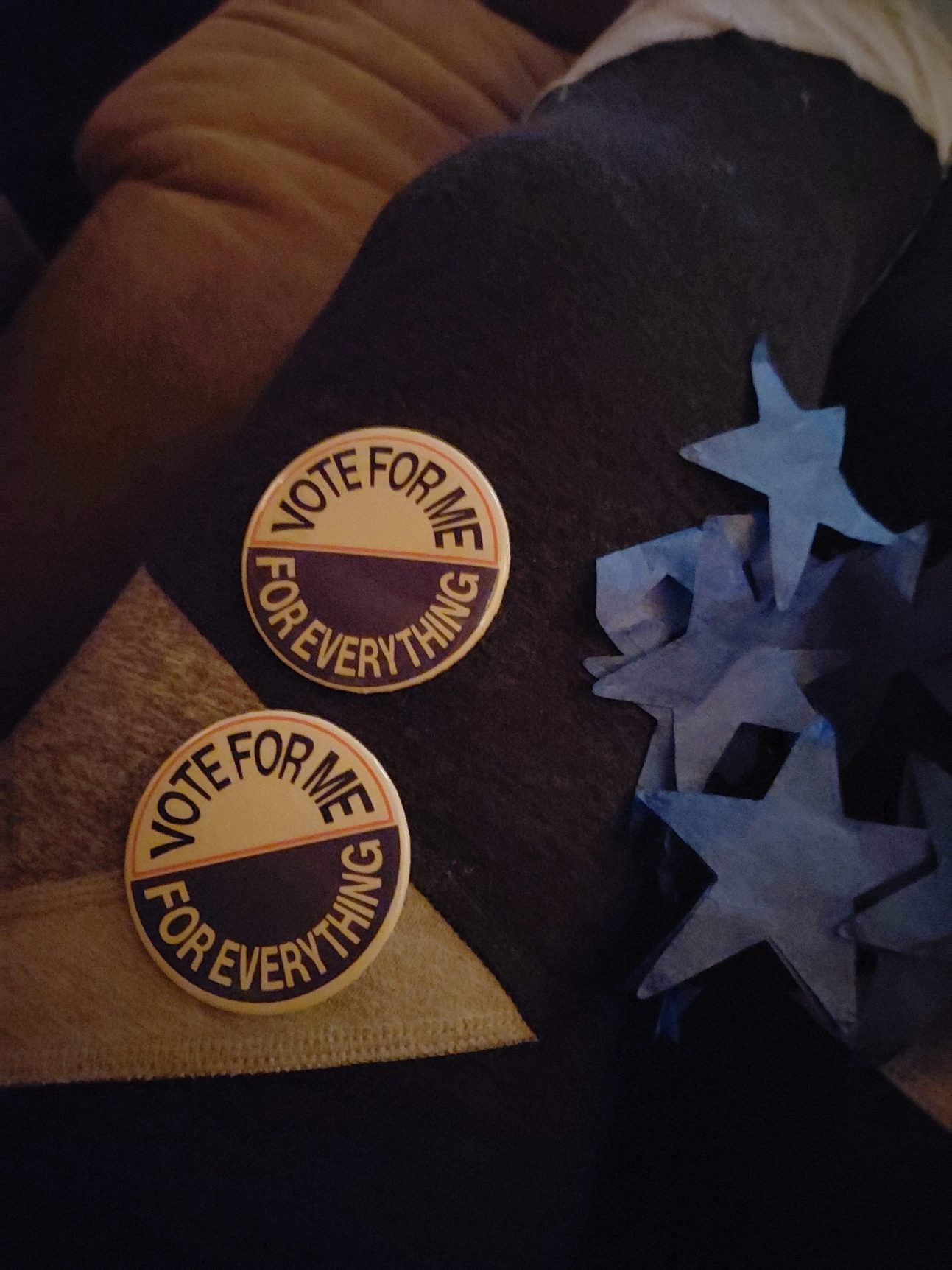
The novella is done! I’m reviewing my productivity over the last year and discussing the next projects. I’m also mulling writing retreats, why we go on them, and what I hope to get out of the one I’m going to.


Some background on the difference between Back Cover Copy (BCC) and blurbs, how BCC remains the property of a publisher, even if rights are reverted, and what is a big NO to a publisher trying to retain.



Coming Soon! THE LONG NIGHT OF THE RADIANT STAR.
This is a novella in the Heirs of Magic series and occurs after THE STORM PRINCESS AND THE RAVEN KING. It’s Jak and Stella’s wedding on the longest night, the Feast of Moranu. I think I’ll release it on Monday, November 21, 2022. No preorder this time. I’ll post when it goes live!!
***
At long last, Jakral Konyngrr—lowly sailor, gambler, and sometime rogue—has won the heart and hand of Princess Stella of Avonlidgh. Never mind that Stella’s mother is determined to make their wedding the event of the century, he’s happy to endure any trial to marry the love of his life and his guiding star. Very soon they can sail away together into the rest of their lives. Unfortunately the wedding becomes delayed for several months, until midwinter.
Stella—sorceress, empath, and bearer of the mark of the Tala—has been through great trials. But nothing has tested her as sorely as her passionate and flamboyant mother planning their wedding. Even Jak’s steady love and companionship isn’t enough as Stella finds herself crumbling under the pressure of being snowbound in a castle with the press of so many minds and emotions. When she lashes out, she hits the worst possible target, jeopardizing her chances for happiness.
With several kingdoms and a former enemy empire bearing down on them, Jak and Stella’s wedding on the longest night of year might not happen at all… Unless they can create their own happy ever after.
***
This week at the SFF Seven, we’re talking about Telling vs. Showing, particularly we’re examining when some narrative exposition is needed.
It’s an interesting question, and one very much focused on genre fiction. Many of you know I began my writing career in creative nonfiction. For many years I wrote and sold essays. My first book was an essay collection. At no point in that time – in classes, in critique groups, in discussions with editors – did anyone bring up Telling vs. Showing. It was only after I began writing fantasy romance (etc.) that the concept was introduced to me. I had to learn not to use the narrative exposition that had worked so well for my creative nonfiction voice, but to “show” instead.
Why is this a thing?
The oft-cited example is attributed to Anton Chekhov: “Don’t tell me the moon is shining; show me the glint of light on broken glass.” It turns out this exact quote is probably apocryphal. A passage from the article I linked to says:
In May, 1886, Chekhov wrote to his brother Alexander, who had literary ambitions: “In descriptions of Nature one must seize on small details, grouping them so that when the reader closes his eyes he gets a picture. For instance, you’ll have a moonlit night if you write that on the mill dam a piece of glass from a broken bottle glittered like a bright little star, and that the black shadow of a dog or a wolf rolled past like a ball.”
It’s salient to note that he’s talking about description here. When my genre-fiction editors and critique partners introduced the concept to me, they framed it as a way to deepen the point of view (POV). In genre fiction, in particular, readers love to be immersed in the characters and world, thus the incentive to deepen POV.
I worked diligently to learn to show, not tell.
Fast-forward to my current agent, the insightful and incisive Sarah Younger at Nancy Yost Literary Agency. One day, after reading one of my manuscripts we planned to take on submission to traditional publishing, she said, “Jeffe, I know you work really hard to show, not tell, but sometimes we just need a line or two telling us what the heck is going on.”
And she was right. I was so busy describing the glint of light on broken glass that I was failing to explain that this world had three moons.
In the end, as with all things, it comes down to balance. We need both in order to tell effective stories: immersive description and deep POV, along with some clear narrative exposition to ground the reader in the world.
I’m getting better at it!

Talking to my future biographer about my freakitude on guarding my writing time, writing retreats, and more harping on how the writing process cannot be conflated with the reading experience.


Thoughts on the Twitter debacle and how I don’t think newsletters are the answer (still). Also, my new landscapes, why I surround myself with certain kinds of images and why they are NOT my framed book covers.


I’m back to regular (mostly) podcasting, catching you all up on my activities, talking a bit about voice – how to recognize it and what it means – and asking for input on this midwinter holiday fantasy romance novella.



Yesterday I took Kelly Robson on the mandatory-for-all-creatives pilgrimage to see Georgia O’Keeffe’s home and studio. This was my fourth time and as shimmeringly inspirational as the first time.
Our topic at the SFF Seven this week is how to avoid writing repetitive scenes.
I confess not much springs to my mind on this topic, probably because I’m much more of an intuitive writer than an analytical one. Even in revision – arguably the most analytical phase of my process – I don’t pay a lot of attention to whether scenes are repetitive. I do notice repetitive information, or emotional exchanges that have happened before. But so far as analyzing for goal, motivation, and conflict (GMC) – which is where this topic seems to have sprung from, regarding questions to ask to cull out repetitive scenes – that’s just not how I think about story.
So, how DO I avoid repetitive scenes? I think it helps that I’m a linear writer. I write from beginning to end and thus the story trajectory is always in my mind. That’s part of holding the thread to me.
It also helps to approach the story from a character-driven perspective. This is part of what people are getting at with GMC – it’s an analytical lens on character. If you’re an intuitive writer, like me, you’ll want to be in the flow of the character’s thoughts, emotions, and personal journey. Sometimes they might regress, as our growth isn’t always linear, but those steps back before the moving forward again can be important to the story.
Finally, probably the most analytical I get, I look at each scene as I’m revising and pay attention to what it’s accomplishing in the overall story. What aspects of the plot is it advancing? What questions are being asked and answered in the scene? How does this deepen or strain the relationships between the characters. Occasionally I’ll have two scenes doing more or less the same thing, and then I might consolidate them – or tweak the later one to be adding something new and different.
One thing I think is really important to keep in mind – especially in the face of the GMC/analytical types, who tend toward making a clean (and therefore somewhat sterile) formula for the story structure, to my thinking – is that not every scene has to “advance the story.” This is especially true in genre writing/escapist fiction where some of the story is there for the sheer joy of it. There is nothing wrong with having parts of the story exist entirely for sensual delight. Even in the most rollicking plot, we sometimes need a bubble of space to breathe, to relax a moment, for the characters to remember what they’re fighting for.
In fact, don’t we all?
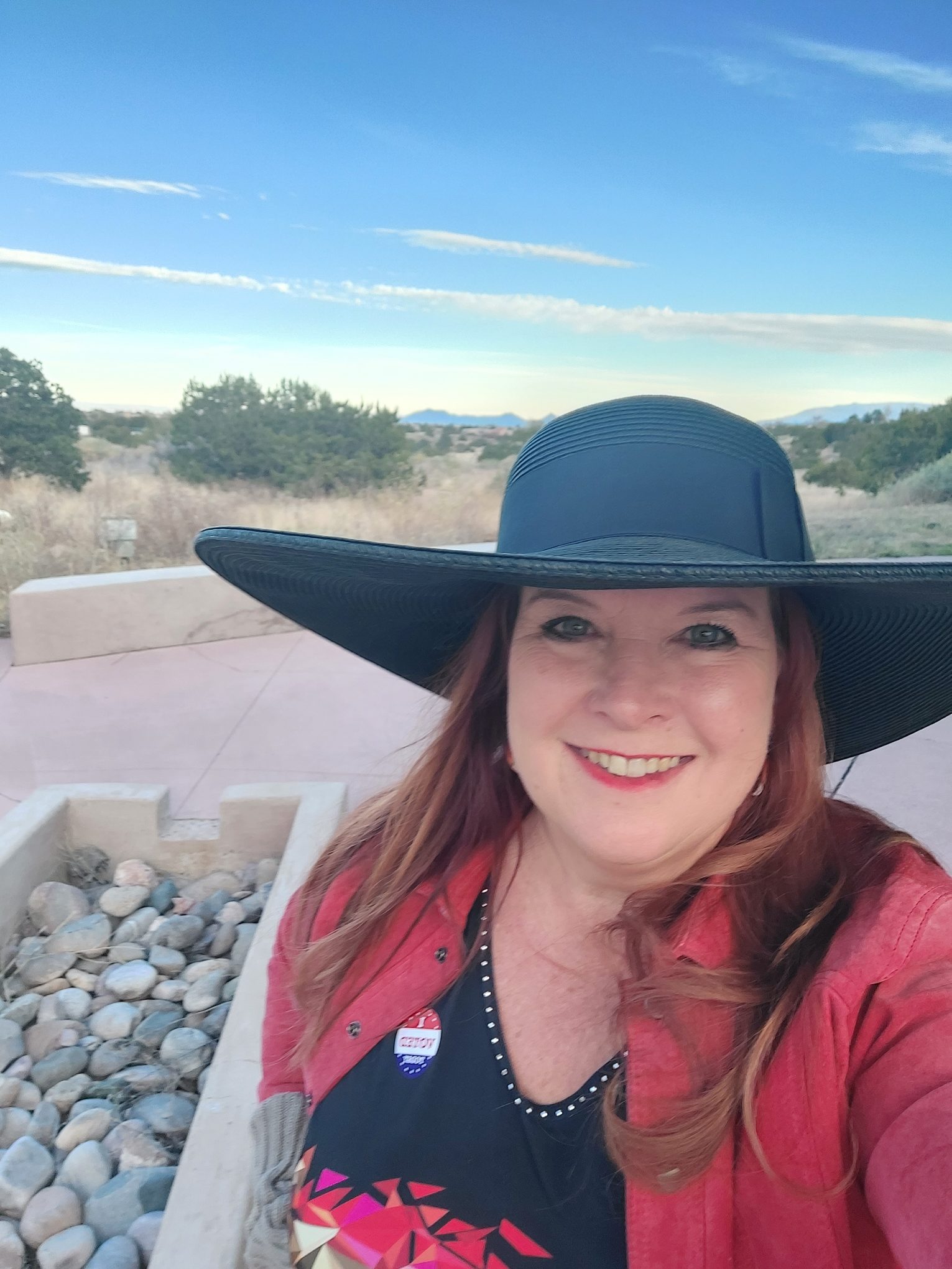
I’m urging you to vote today – and to vote Democrat! Also a shout out to Nicole Peeler, Director of the Pop Fic MFA program at Seton Hill, and thoughts on Bejeweled by Taylor Swift and what it means to shimmer.
